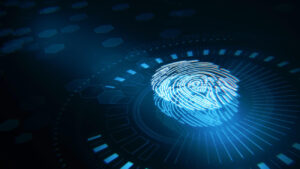Most agencies of law enforcement use facial recognition for a variety of purposes. These include identification of suspects, tracking missing persons, and conducting surveillance. The process relies on capturing an image of a person’s face using a camera or video feed. The image is then compared to a database of known faces to determine a match. Because there are large enough datasets on facial recognition readily available and the computation power needed to process these data sets, facial recognition is helping to revolutionize modern day law enforcement.
Sources of Facial Recognition Data
Facial recognition technology needs large data sets for training and improvement of their working model. Law enforcement agencies can use various data sources for this. Some of the common data sources used by law enforcement for facial recognition include databases of mugshots of individuals who are taken into custody. Databases maintained for various licenses (like driver’s licenses)and documents (like immigration documents) which include an official photo of the concerned individual also contribute to the pool of images used by law enforcement. Now-a-days, social media and online sources provide the largest collection of publicly available data for use in facial recognition.
How Facial Recognition Helps
Facial recognition can help law enforcement at many stages of various kinds of critical tasks. Some of the main applications which increase the efficiency of law enforcement are listed here.
Monitoring Public Spaces
Law enforcement agencies monitor public spaces and track individuals who may be of interest to them by using facial recognition. Individuals who are on a watch list eventually appear public spaces. Law enforcement can use images or video feed from such places to identify and track the these individuals.
Criminal Investigations
Authorities used facial recognition to identify suspects in criminal investigations if a surveillance camera captures their image. By comparing the image to a database of known criminals, law enforcement flags the suspect for immediate arrest.
Identifying Missing Persons
Facial recognition can also be used to identify missing persons which is otherwise a very labor-intensive task. Law enforcement agencies uses facial recognition to compare images of unidentified individuals to a database of known missing persons to determine if there is a match.
To Sum Up
Although there are concerns about privacy and false identification by facial recognition tools used by the law enforcement, these issues can be resolved with proper regulation of the technology. Overall, with proper training and improvement, facial technology will continue to increase the efficiency of law enforcement.
The article was authored by Bahaa Abdul Hadi and has been published by the editorial board of the Identity Herald. For more information please visit www.identityherald.com




